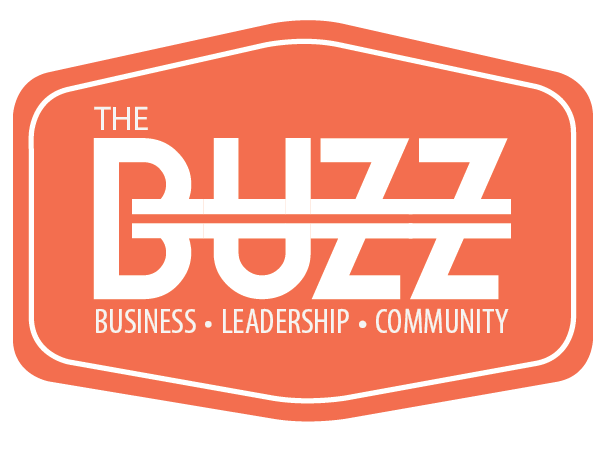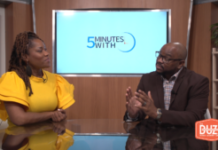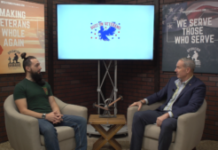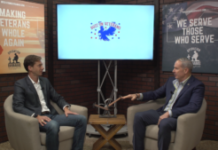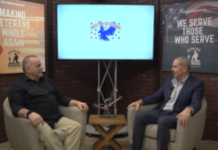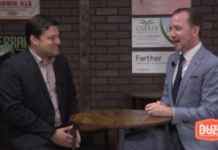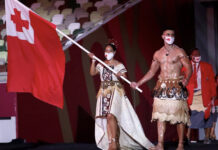Sports Medicine Moment: Common Knee Injuries – ACL Tear
Written by: Tristen Robinson
Tristen Robinson, M.S., ATC, LAT is a BUZZ Gear Up Blogger and an instructor at Andrew Jackson High School, for the sports medicine magnet program. Checkout the program’s Facebook page at Andrew Jackson High School Sports Medicine. https://www.Facebook.com/Jacksonsportsmed/
THE KNEE. For anyone who is physically active, and have been so for an extended period of time, they may have encountered an issue with this joint. The knee plays an intricate role in our ambulation (ability to walk) and ability to run. When there is damage to the knee, individuals may experience pain and decrease in functionality with activities of daily living. Later in the month we will discuss injuries associated with chronic knee problems; but to get us started, one of the most common knee ligament tears in athletics will get the ball rolling…the ACL TEAR.
There are four major ligaments in the knee; Anterior Cruciate Ligament (ACL), Posterior Cruciate Ligament (PCL), Medial Collateral Ligament (MCL), and Lateral Collateral Ligament (LCL). All of these ligaments help stabilize the knee and prevent excessive motion at the joint. An injury to any one of these ligaments is significant enough to sit an athlete out for an extended period of time. However, as it pertains to sports where a change in direction is involved, a tear to the ACL could have you sitting out for at least 6 months. Why is an ACL tear more prominent in change of direction sports such as basketball, football, soccer, etc.? The reason being is because of the role of the ACL. The ACL’s main function is to prevent excessive forward/backward motion of the shin bone. It also, stabilizes the knee during twisting motions. If there is a force great enough to push the ACL past its limits…POP!!! An ACL tear can result.
The common mechanisms of injury for an ACL tear are hyperextension of the knee and/or a plant and twist motion; meaning the foot is established (or planted) on the ground while the body changes direction (or twists). An athlete who has suffered an ACL tear may complain of pain in the knee, a sensation of instability in the knee (or the knee gives way), and sometimes may even hear a popping sound. Diagnosis of this injury is most often seen through MRI imaging and of course during knee surgery.
First aid treatment for a suspected ACL tear would be to bandage the knee with a compression wrap and if the injury is perceived to be significant enough, a splint may be necessary. Crutches or a walking assistive device may also beneficial; and of course, evaluation by an appropriate healthcare professional (DPT, ATC, DO, etc.). ACL tears usually require surgery and depending on the goals of the individual post-surgery, may require therapeutic rehab for up to a year.
Years ago, an ACL tear was thought to be a career ending injury. Now, with advancements in medicine, people are able to return back to their original sport and pick up right where they left off. One of the key treatments for ACL tears is to be proactive instead of reactive. Research has shown that an appropriate prevention program during warm-up or cool down has been able to significantly decrease the incidences of ACL tears. For more information please visit:
http://www.mayoclinic.org/diseases-conditions/acl-injury/home/ovc-20167375
http://orthoinfo.aaos.org/topic.cfm?topic=a00549
This has been your sports medicine moment…
